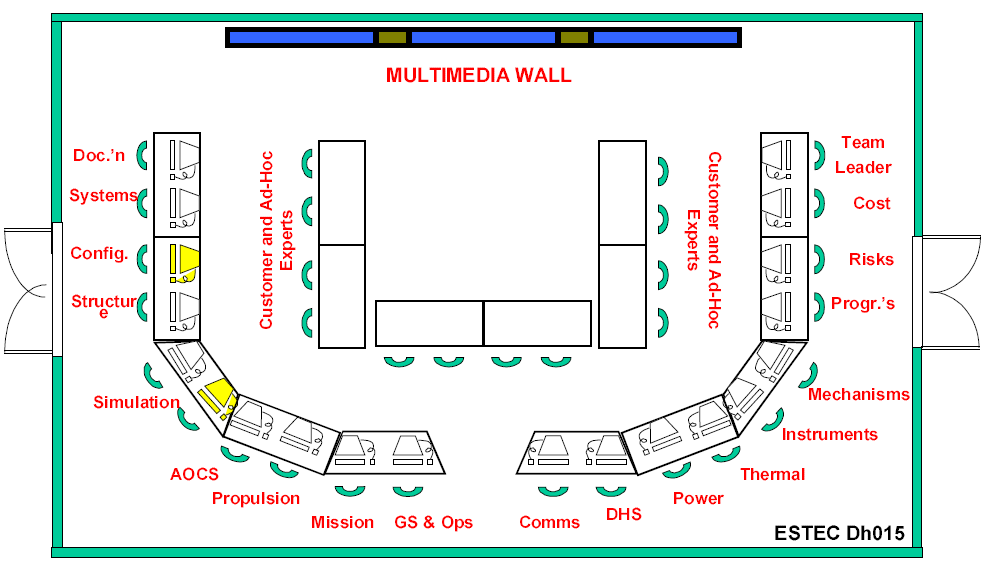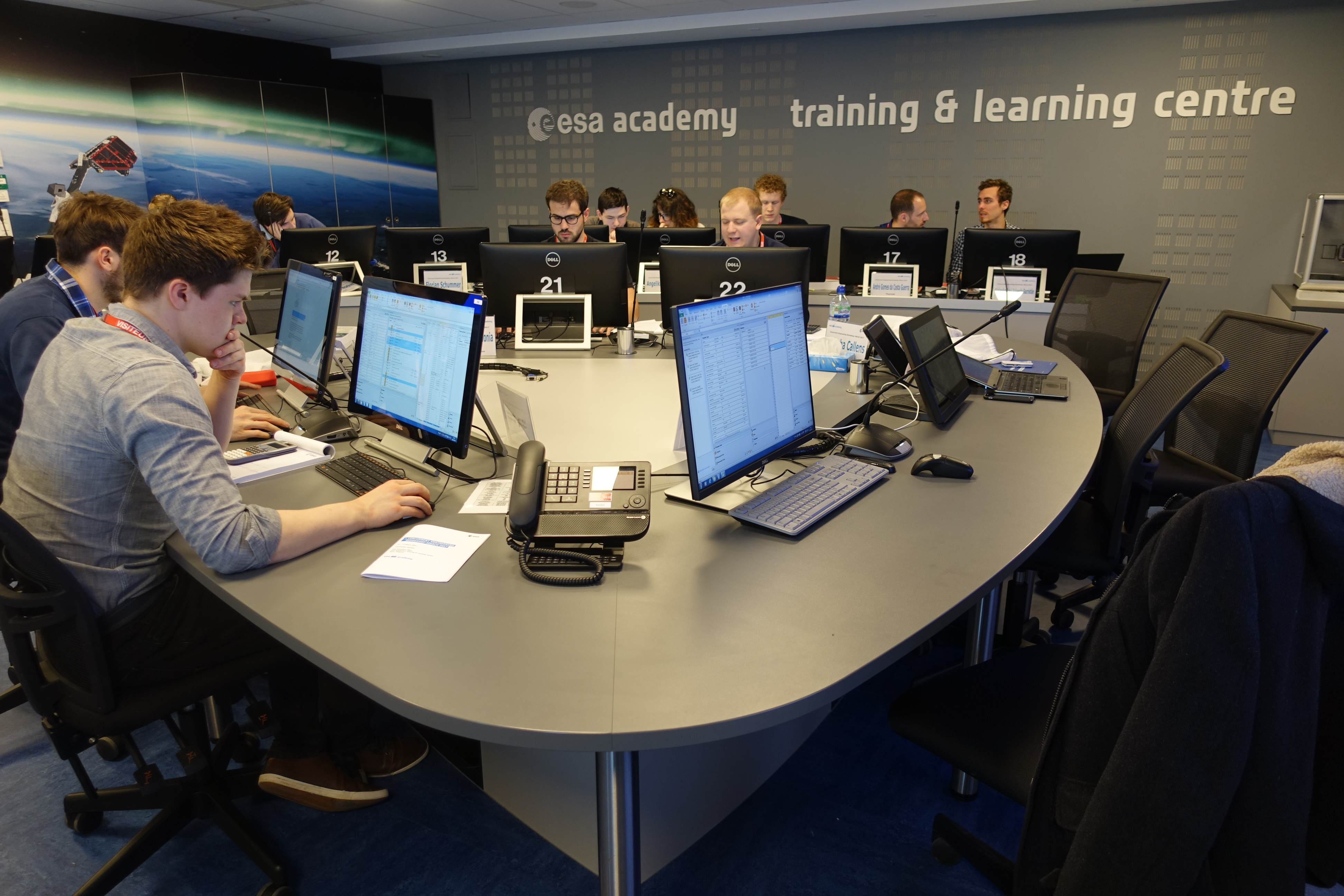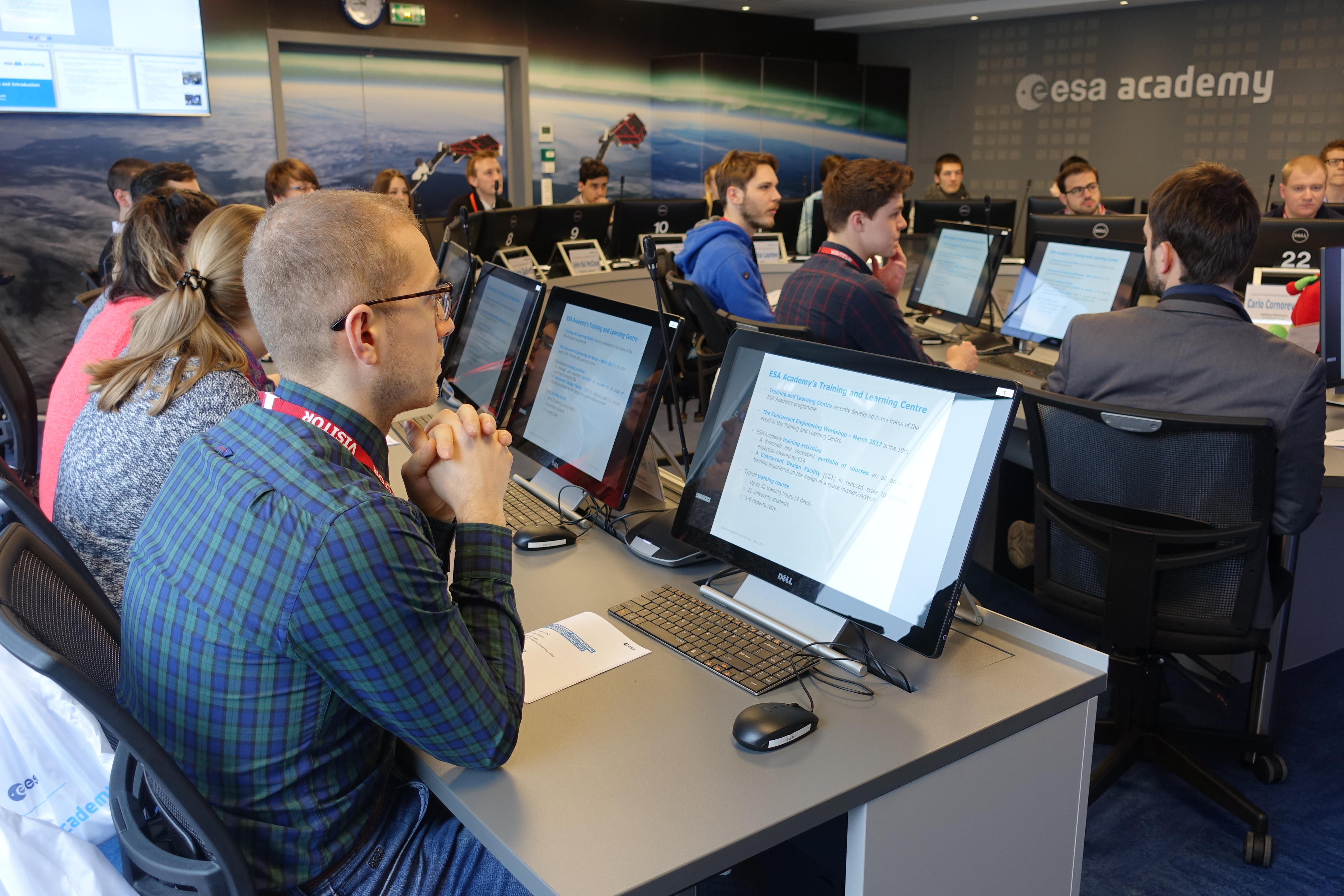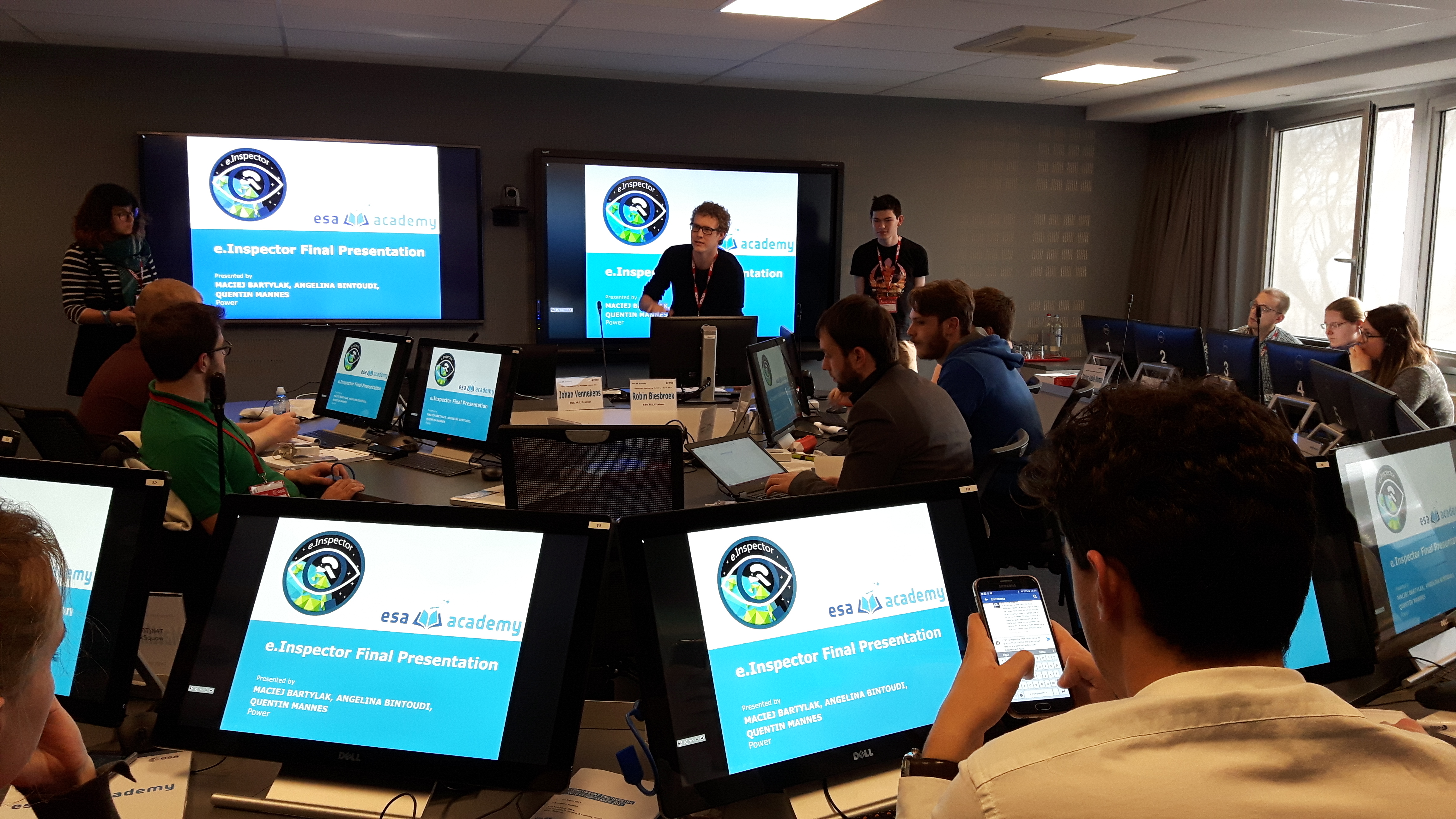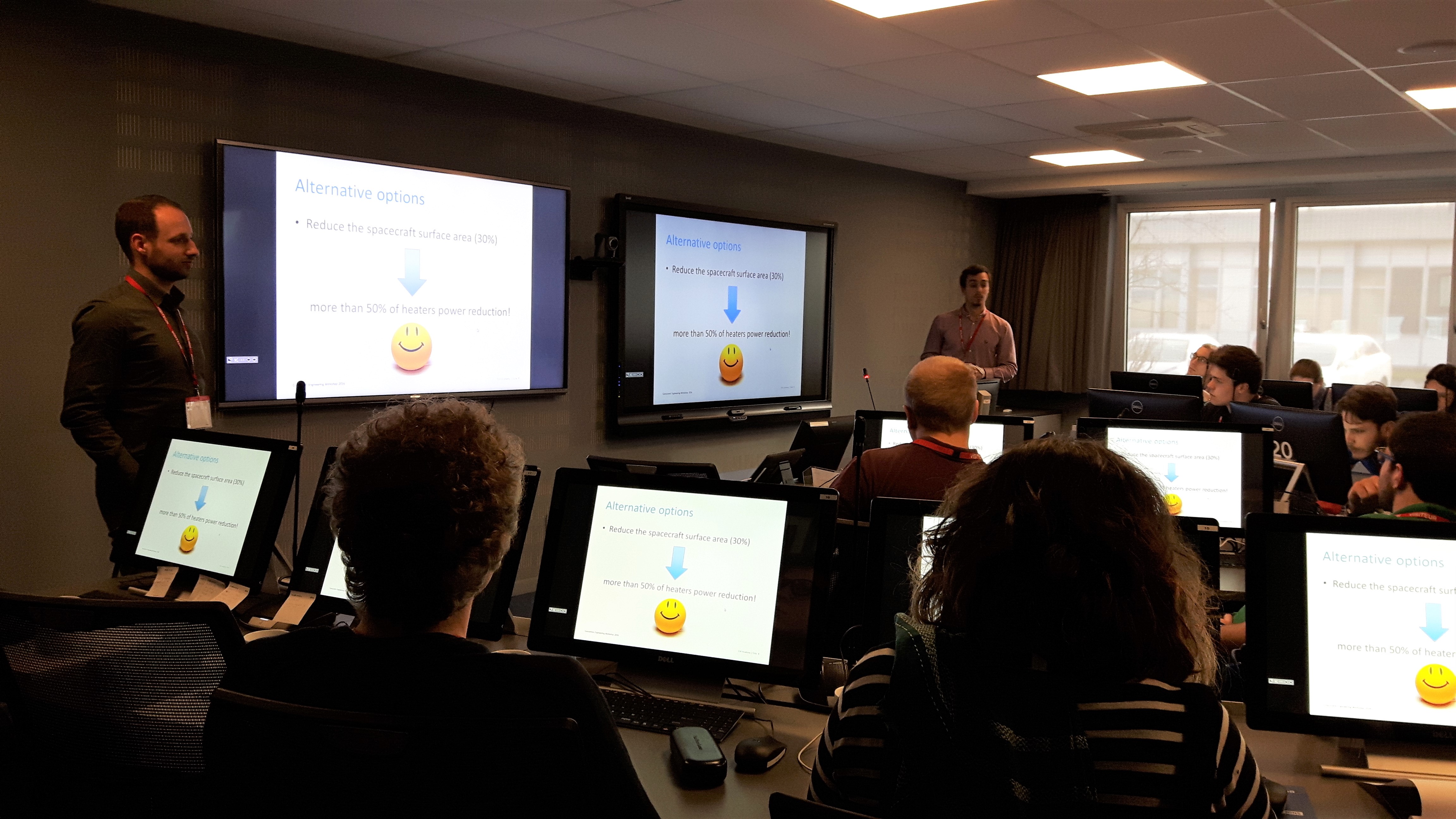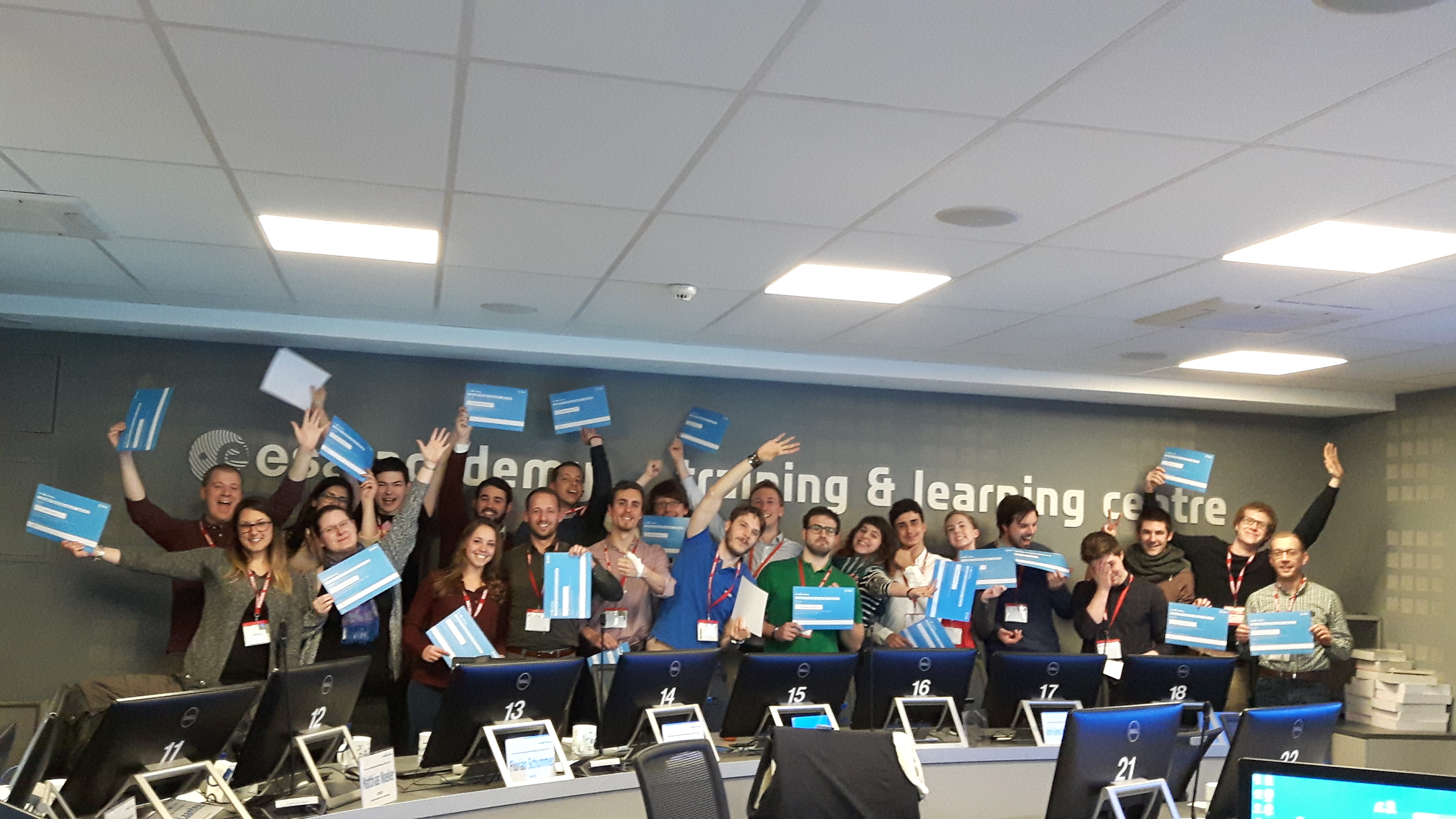Day 1. DISCOVERING CONCURRENT ENGINEERING
Within the ESA Academy’s Training and Learning Centre, located in ESA Redu Centre in Belgium, the educational Concurrent Design Facility (from now on I’ll call it CDF) offers university students the opportunity to learn how to apply the Concurrent Engineering Approach to space missions…but what is this? This morning I made myself the same question, so I’ll try to give some clues about it by telling my experience today.
Day 2. LET’S GET SOME FUN
After a first promising day, personally I felt confident about doing it pretty well the second day, fresh minds, clear concepts, let’s get to work! No matter whether it’s 8am or my research project is chasing me (as a master student at Supaero I work on a one year research project which I have to submit in two weeks), today I felt ready for an intense day of concurrent engineering. Instead of telling you the boring part, I’m going straight to the conclusion: my head is a mess! No clear ideas any more, doubts everywhere and the feeling that I missed something during the process. Nevertheless, if I think it through, I realised that we actually have gone forward in this session, despite the problems we had with the software and the complexity of the task. In fact, I think I’ve learned a quite important thing: in this early phase nothing is fixed, there’re only assumptions, but the important thing is to identify the correct questions. There’s still a great amount of work ahead of us! Its 0:37 am, I guess it’s time to go to sleep (after spending some time chilling with the people, it is a great way to close the day).
Day 3. STILL WORK TO BE DONE
7.00 – Alarm rings
7.30 – Breakfast
8.00 – Bus to ESA Redu centre
8.10 – Arrival to ESA Redu centre
8.30 – Work time!
10.30 – Coffee break
11.00 – Work time!
12.45 – Lunch
14.00 – Work time!
16.00 – Coffee break
16.30 – Work time!
18.00 – Stop the clocks, work day is over
18.30 – Come back to the hotel
19.00 – Dinner
21.00 – Chill time
Day 4. THE END
Well, after two iterations, quite a lot of coffees and some hours working on it, today we finally manage to arrive to a conclusion! Everyone has been working hard and it was time for presentations at the Training and Learning Centre. Besides, today we visited PROBA Control Room. Back at the hotel, at this place in the middle of the woods called Poix-Saint-Hubert, we enjoyed our last dinner together and had some fun while knowing that, tomorrow morning, each one of us should come back home. I would like to resume this experience in one sentence, with regard to what I’ve enjoyed the most while taking part in this CEW:
‘Engineering is not only about knowledge, but also about team effort! ‘
After all, the best thing I’m bringing back home is the fact if of having met such an amazing group of people.
Thanks ESA for this opportunity, the trainers, Robin and Johan, the people responsible of the workshop, Natacha and Veronica, and, of course, all my colleagues of the different subsystems. I hope I’ll see you soon! A bientôt Redu!
PD: you can check the ESA Education webpage here: http://www.esa.int/Education/ESA_Academy/What_is_the_ESA_Academy . There are plenty of opportunities for you!
References:
- ”The ESA/ESTEC Concurrent Design Facility, M. Bandecchi, B. Melton, B. Gardini and F. Ongaro, Proceedings of EuSEC 2000, 2000

